New USDA Plant Hardiness Zone Map
molie
12 years ago
Related Stories
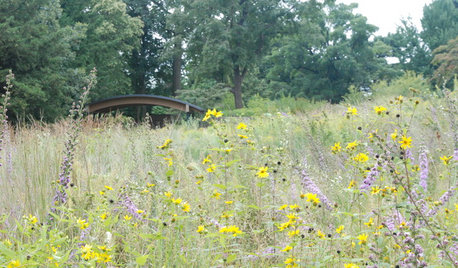
GARDENING GUIDESHow to Find the Right Plants for Your Garden
Break free from choosing plants by cold-hardiness zones for a beautiful landscape that thrives year-round
Full Story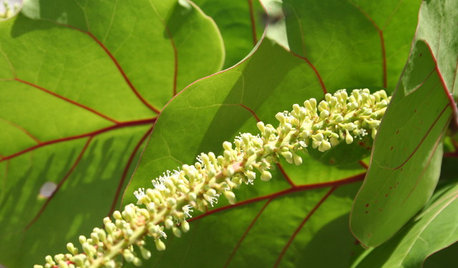
GARDENING GUIDESGreat Design Plant: Sea Grape, a Hardy Coastal Delight
Up to the high-tide line or even indoors, sea grape draws smiles for its looks and cheers for its tenacity
Full Story
LANDSCAPE DESIGNGreat Design Plant: Retreat to the Shade of Hardy Catalpa
Big foliage and a towering height provide a shady respite in summer, but that's not all hardy catalpa offers dedicated gardeners
Full Story
GARDENING GUIDES10 Cold-Hardy Succulents for Cool-Season Interest
These attractive plants shrug off colder temperatures, and many can be brought inside in containers in extra-chilly climates
Full Story
GARDENING GUIDESGreat Design Plant: Red Kangaroo Paw
Plant this dramatic perennial in fall or spring for its height, hardiness and beautiful red blooms
Full Story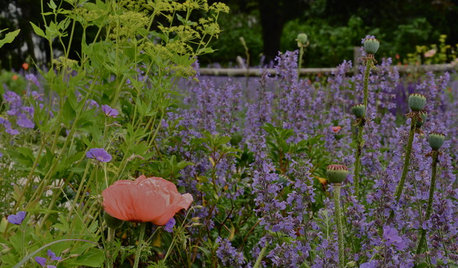
GARDENING GUIDESGreat Design Plant: Walker's Low Catmint
Prolific purple blooms, fragrant leaves, and cold-hardiness makes this a go-to plant for almost any garden
Full Story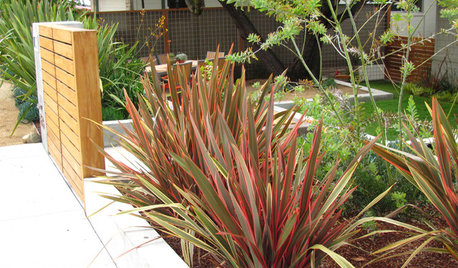
RED FOLIAGEGreat Design Plant: New Zealand Flax
A commanding presence, year-round foliage and a hardy nature make flax a winner in the landscape even in fall and winter
Full Story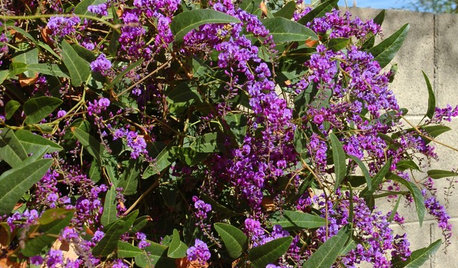
GARDENING GUIDESGreat Design Plant: Lilac Vine for a Purple Profusion in Winter
Grow this pretty, hardy vine on a fence or as a ground cover for blooms throughout the colder months
Full Story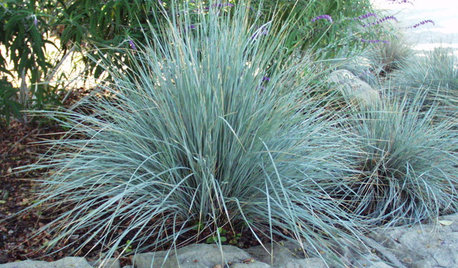
BLUE AND GRAY FOLIAGEGreat Design Plant: Blue Oat Grass
For soothing coolness in a garden or container, this evergreen grass is the low-maintenance and hardy choice to know
Full Story
GARDENING GUIDESHow to Find the Right Native Plants for Your Yard
Find plant maps, sale sites and guides that make going native in the garden easier than ever
Full Story







gardenweed_z6a
NHBabs z4b-5a NH
Related Professionals
Canton Landscape Architects & Landscape Designers · Forest Acres Landscape Architects & Landscape Designers · McKinney Landscape Contractors · Brookside Landscape Contractors · Cambridge Landscape Contractors · Kerman Landscape Contractors · Peoria Landscape Contractors · Pompano Beach Landscape Contractors · Raleigh Landscape Contractors · University City Landscape Contractors · Sun Valley Landscape Contractors · Palos Heights Landscape Contractors · Boston Decks, Patios & Outdoor Enclosures · Liberty Decks, Patios & Outdoor Enclosures · San Diego Decks, Patios & Outdoor Enclosuresclaireplymouth z6b coastal MA
bill_ri_z6b
mad_gallica (z5 Eastern NY)
claireplymouth z6b coastal MA
bill_ri_z6b
mad_gallica (z5 Eastern NY)
NHBabs z4b-5a NH
molieOriginal Author
rockman50
bill_ri_z6b
claireplymouth z6b coastal MA
rockman50
bill_ri_z6b
Joan2600
pixie_lou
NHBabs z4b-5a NH